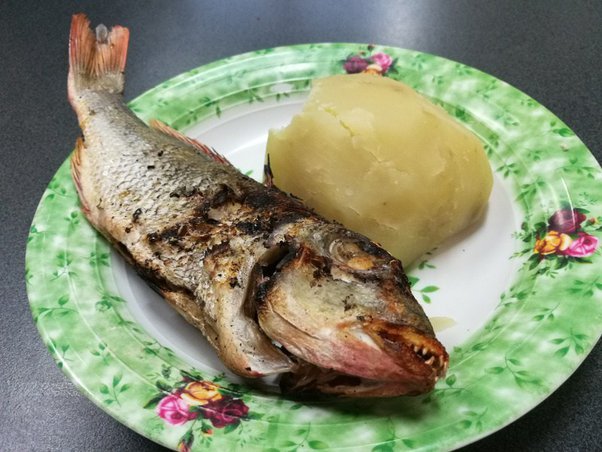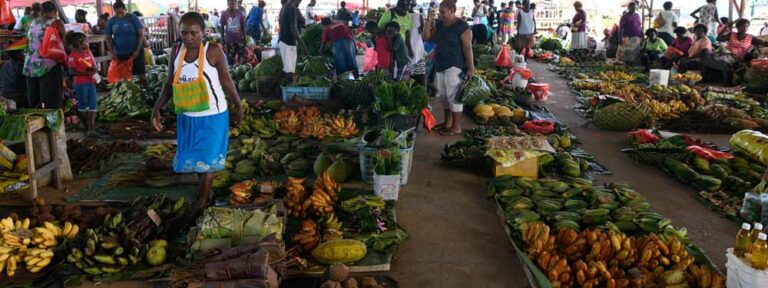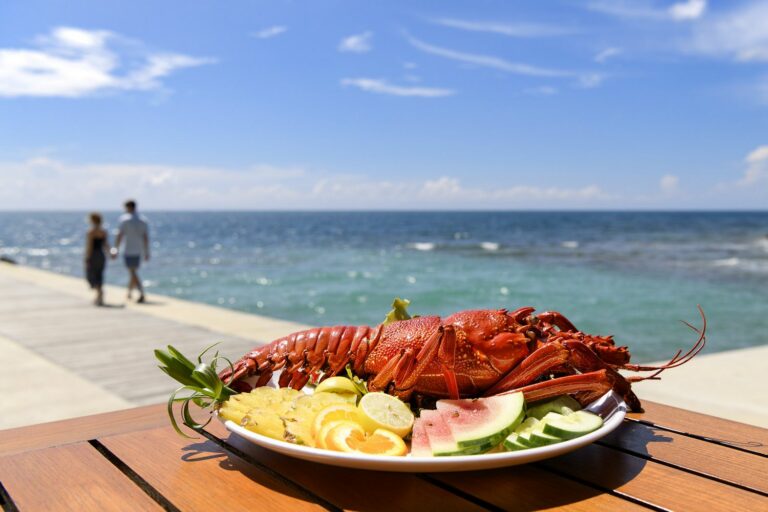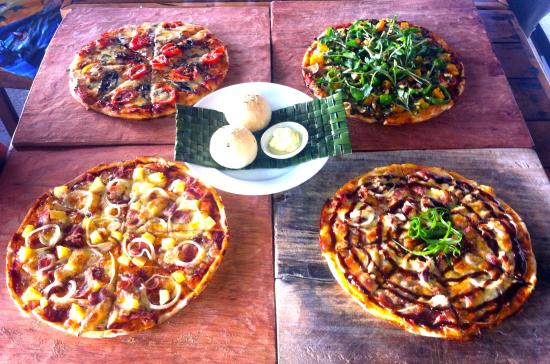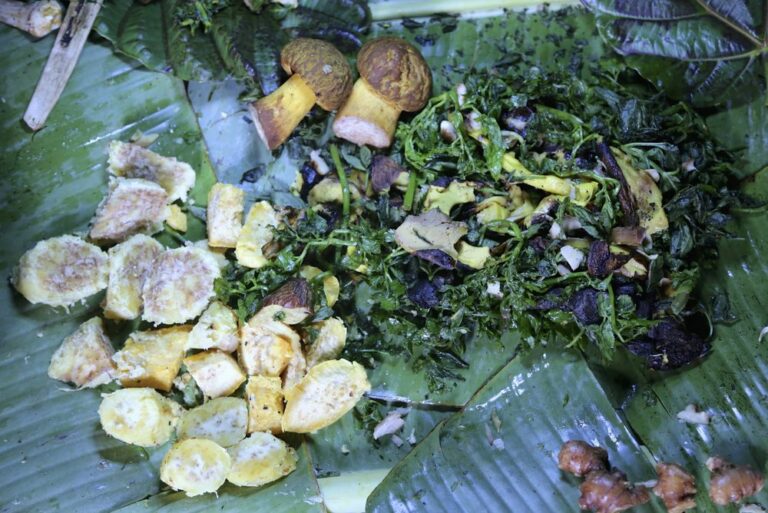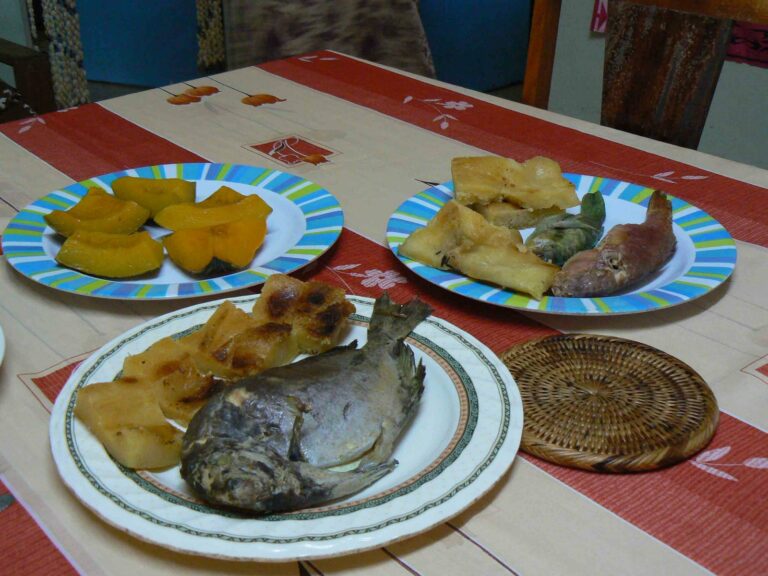Introduction: Exploring Solomon Islands Cuisine
Located in the South Pacific Ocean, the Solomon Islands is an archipelago consisting of six major islands and over 900 smaller islands. The country’s rich history and diverse cultures have influenced its cuisine, creating a unique fusion of flavors and ingredients.
Solomon Islands food is known for its use of fresh seafood, root vegetables, and tropical fruits. Coconut cream is a staple ingredient in many dishes, as well as taro, yams, and cassava. Whether you’re a foodie or just looking to try something new, exploring Solomon Islands cuisine is an experience not to be missed.
Traditional Solomon Islands Cuisine and Dining
Solomon Islands cuisine is deeply rooted in tradition and culture. Many traditional dishes are prepared using traditional cooking methods, such as open-fire cooking and earth-oven baking. Dining in the Solomon Islands is often communal, with meals shared among family and friends.
Some of the most popular traditional dishes in the Solomon Islands include fish cooked in coconut cream, taro chips, and roasted pork. Many of these dishes are served with rice or other starchy sides and are often accompanied by locally brewed coconut wine.
The Best Places to Experience Solomon Islands Food
One of the best ways to experience Solomon Islands food is to visit a local market. The Honiara Central Market is the largest market in the country and is a great place to try traditional dishes and fresh produce. Another popular market is the Auki Market, located on the island of Malaita.
For a more formal dining experience, there are several restaurants throughout the Solomon Islands that specialize in traditional cuisine. These restaurants offer a range of dishes, from simple street food to more elaborate meals.
Top Recommended Solomon Islands Restaurants
The King Solomon Hotel in Honiara is a popular restaurant that serves a variety of Solomon Islands dishes. The restaurant’s signature dish is the coconut crusted fish, which is cooked in coconut cream and served with rice and vegetables.
Another recommended restaurant is the Coral Sea Resort and Casino in Honiara. The restaurant serves a range of international and traditional dishes, with a focus on fresh seafood.
Must-Try Dishes in Solomon Islands
If you’re looking to try some of the most popular dishes in the Solomon Islands, be sure to try the kokoda. This dish is made with raw fish marinated in coconut cream and lime juice, and is often served as an appetizer.
Another must-try dish is the taro chips, which are thinly sliced taro that is fried until crispy. Taro chips are a popular snack throughout the Solomon Islands and can be found at many local markets and street vendors.
Preparing for a Memorable Dining Experience in Solomon Islands
When preparing for a dining experience in the Solomon Islands, it’s important to dress appropriately. Many restaurants have dress codes, and it’s always respectful to dress modestly.
It’s also important to be aware of local customs and traditions. Communal dining is common in the Solomon Islands, and it’s customary to ask for permission before starting to eat. Additionally, it’s considered rude to waste food, so try to only take what you know you can eat.
By following these tips, you can enjoy a memorable dining experience in the Solomon Islands and savor the unique flavors and traditions of this island nation.

